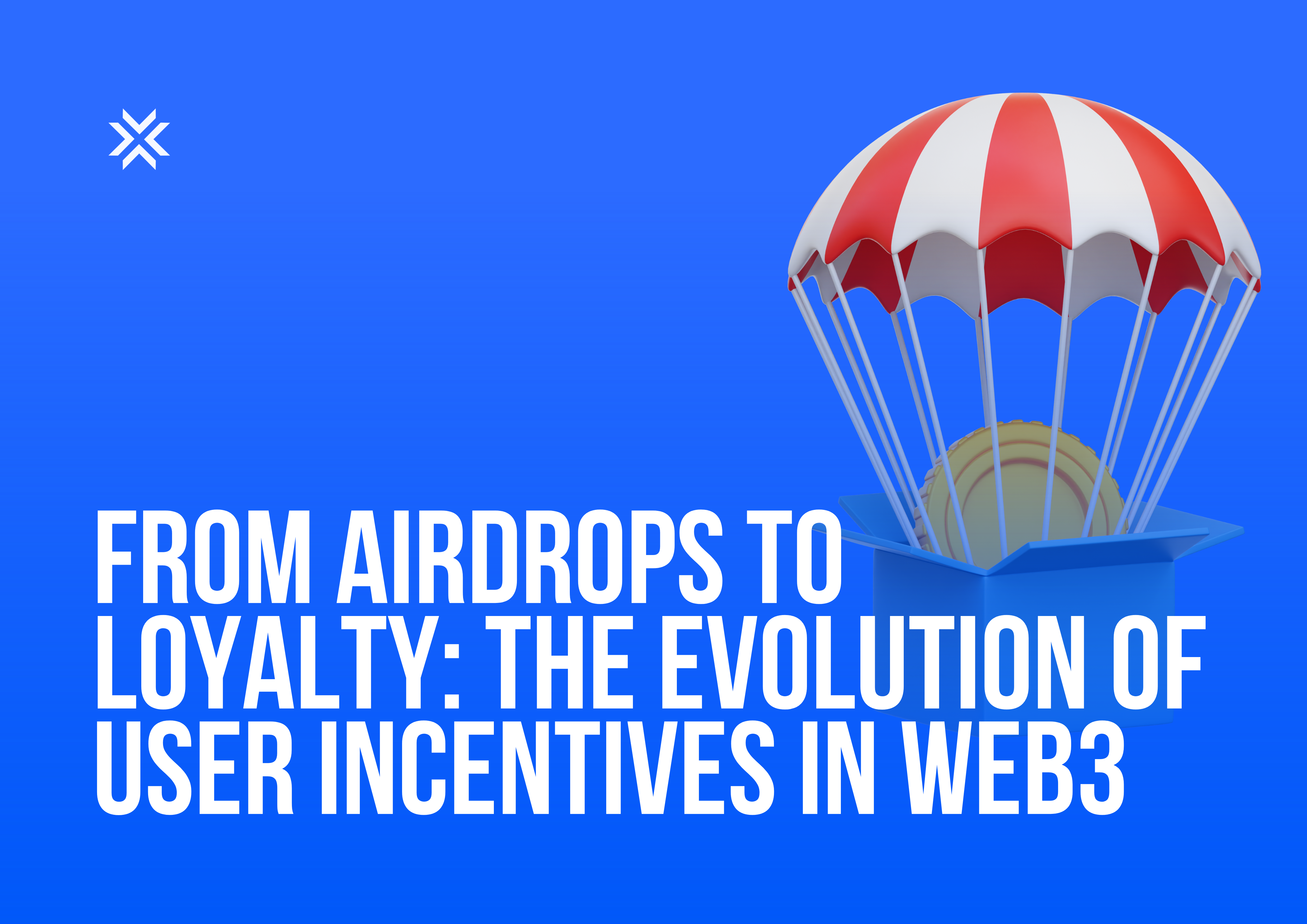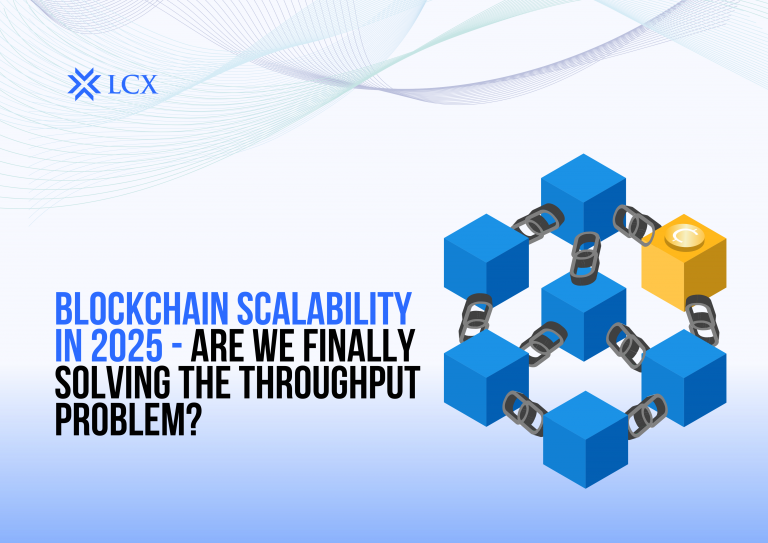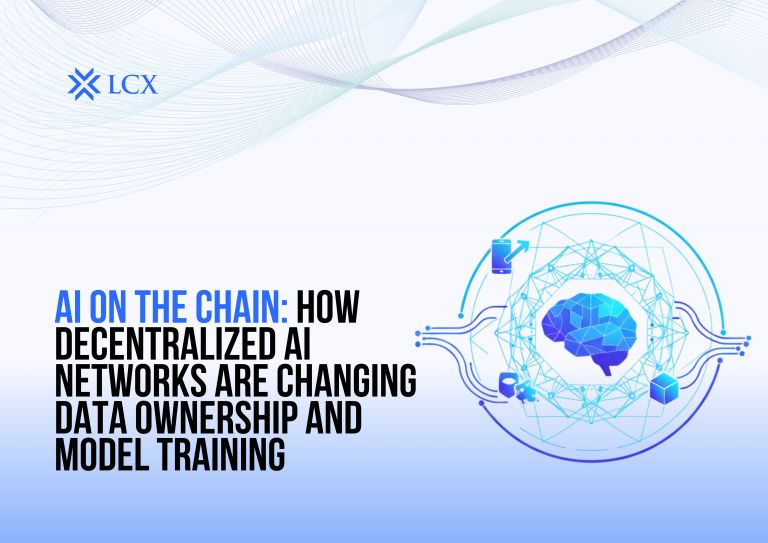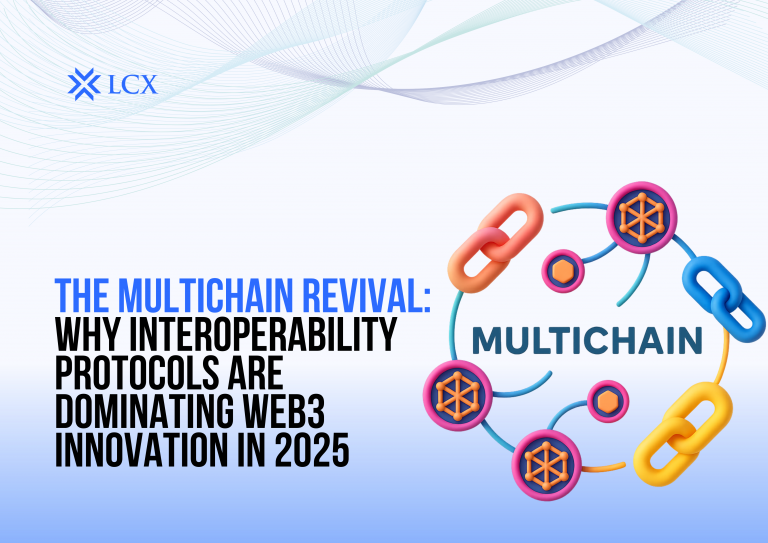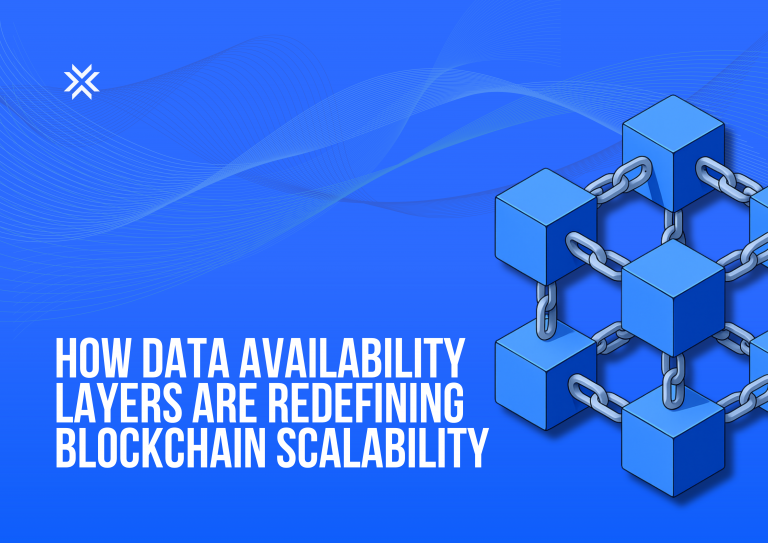Why do some Web3 users stick around while others disappear right after a token drop? In the early stages of the decentralized internet, airdrops became the go-to method for rapid user acquisition. Wallets were filled, communities grew overnight, and hype ruled the space. But these incentives often lacked depth – many users exited as quickly as they entered.
As the industry matured, it became clear that short-term gains wouldn’t lead to long-term success. The narrative around Web3 user incentives began to shift from speculative airdrops to meaningful engagement and sustained value. Projects started rethinking how they reward and retain their communities.
Today, loyalty programs, reputation systems, and on-chain activity rewards are taking center stage. This evolution marks a pivotal moment in Web3’s journey, from hype-driven growth hacks to strategic user retention models. In this blog, we explore how Web3 user incentives have evolved and why loyalty is becoming the new currency of decentralized ecosystems.
What Was the Era of Airdrops in Web3 and Why Did It Drive Rapid Growth?
Airdrops gained popularity around 2017, becoming a go-to strategy for token projects to distribute assets and attract attention. The idea was simple: give free tokens to users who performed basic tasks such as joining a Telegram group, tweeting about the project, or simply holding a certain coin. It worked wonders for visibility.
Projects like Uniswap and dYdX took this to the next level with retrospective airdrops, rewarding early users for their contributions. These airdrops not only made many users instant token holders but also helped kickstart decentralized governance by distributing tokens widely.
However, the model had its flaws. Many recipients sold their tokens immediately, causing price dumps and undermining the project’s tokenomics. Airdrops became a magnet for sybil attacks—fake users farming tokens with multiple wallets. The one-time nature of most airdrops also failed to create lasting user engagement.
How Are Web3 Projects Using Gamified Engagement and On-Chain Tasks to Retain Users?
To solve the problem of shallow participation, Web3 protocols began shifting toward task-based rewards. Platforms like Galxe, Zealy (formerly Crew3), and Layer3 started offering structured campaigns with on-chain and social tasks. Instead of rewarding users just for being present, they were now incentivized to interact meaningfully—swap tokens, provide liquidity, vote in governance, or bridge assets across chains.
These campaigns encouraged a deeper level of engagement and helped projects guide users through the ecosystem. This phase marked the transition from passive giveaways to performance-based incentives.
How Is Loyalty Replacing Airdrops in Web3 Incentives?
As the market matured and user acquisition costs soared, Web3 teams began recognizing a familiar truth from Web2: retaining users is more valuable than acquiring them. Enter loyalty programs.
Today, protocols are increasingly adopting point-based systems, NFT memberships, and tiered reward structures to foster long-term relationships. Just as Starbucks or airline companies reward frequent users, Web3 projects now track engagement over time and reward consistency.
Loyalty tokens, soulbound NFTs, and reputation scores are emerging as tools to recognize committed community members. Rather than encouraging quick wins, these mechanisms aim to build resilient ecosystems powered by users who stick around.
Case Studies: The Shift in Action
- Friend.tech and other social protocols use shareholding mechanics to reward users based on network activity and social value.
- Arbitrum’s Odyssey campaign combined on-chain tasks with gamification, creating an immersive experience that educated and rewarded users.
- MasterDEX Rewards Hub introduces weekly tasks, referral systems, and on-chain metrics to reward not just participation, but meaningful action.
These examples show a clear trend: from fleeting attention to active participation and, eventually, brand loyalty.
The Future: What Are Personalized and Multi-Layered Incentives in Web3?
As we move forward, user incentives will become more dynamic and data-driven. Machine learning models may tailor rewards based on user behavior. Multichain interactions, cross-platform reputation, and even AI-powered gamification will play a role in shaping the next era of incentives.
More importantly, incentives in Web3 will increasingly focus on value creation—encouraging users not just to transact, but to contribute, build, and evangelize.
Final Thoughts
The evolution from airdrops to loyalty isn’t just about better marketing; it’s about building sustainable communities. Web3 is learning that lasting success lies in retaining users through trust, alignment, and consistent value, rather than just throwing tokens into the wind.
In this brave new digital economy, loyalty is no longer an afterthought. It’s the ultimate currency.
